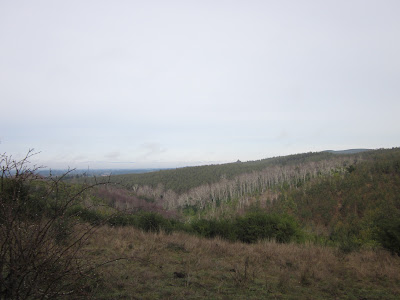From studying in Santiago and sampling the Chilean delights to collaborating with indigenous weavers and exploring the country's extremes, I feel truly grateful for this amazing experience. Over the past 7 months, I have been touched by the generosity of countless people, and it is thanks to them I have had this wonderful opportunity. Thank you for letting me into your lives and sharing- whether feeding me, housing me, giving me directions, being patient with my Spanish, teaching me how to make a fire, showing me around the best spots in town, introducing me to friends... the genuine kindness and warmth I have been treated with while visiting is impressive.
Although I am physically leaving Chile now, the conversations and interactions I have shared with people here have touched me forever and impacted my perspective in big ways. To name a few themes, there's the thrill of learning another language to connect with others, the independence granted by exploring the city of Santiago, the beauty of being completely accepted by another family, the tranquilidad and simplicity of the South, and the Mapuche weaver's connection with nature. It is hard to tell exactly how these ideas will impact me in the future, but I am sure they will manifest themselves in significant ways.
Thank you.
























